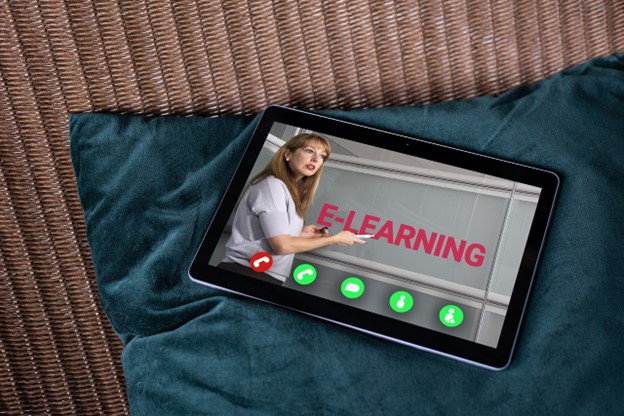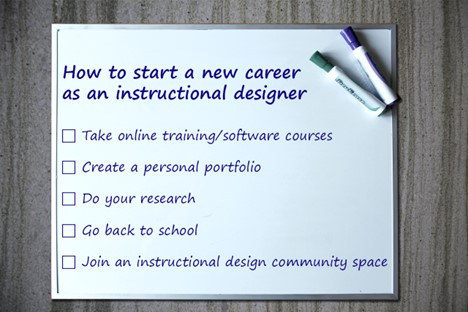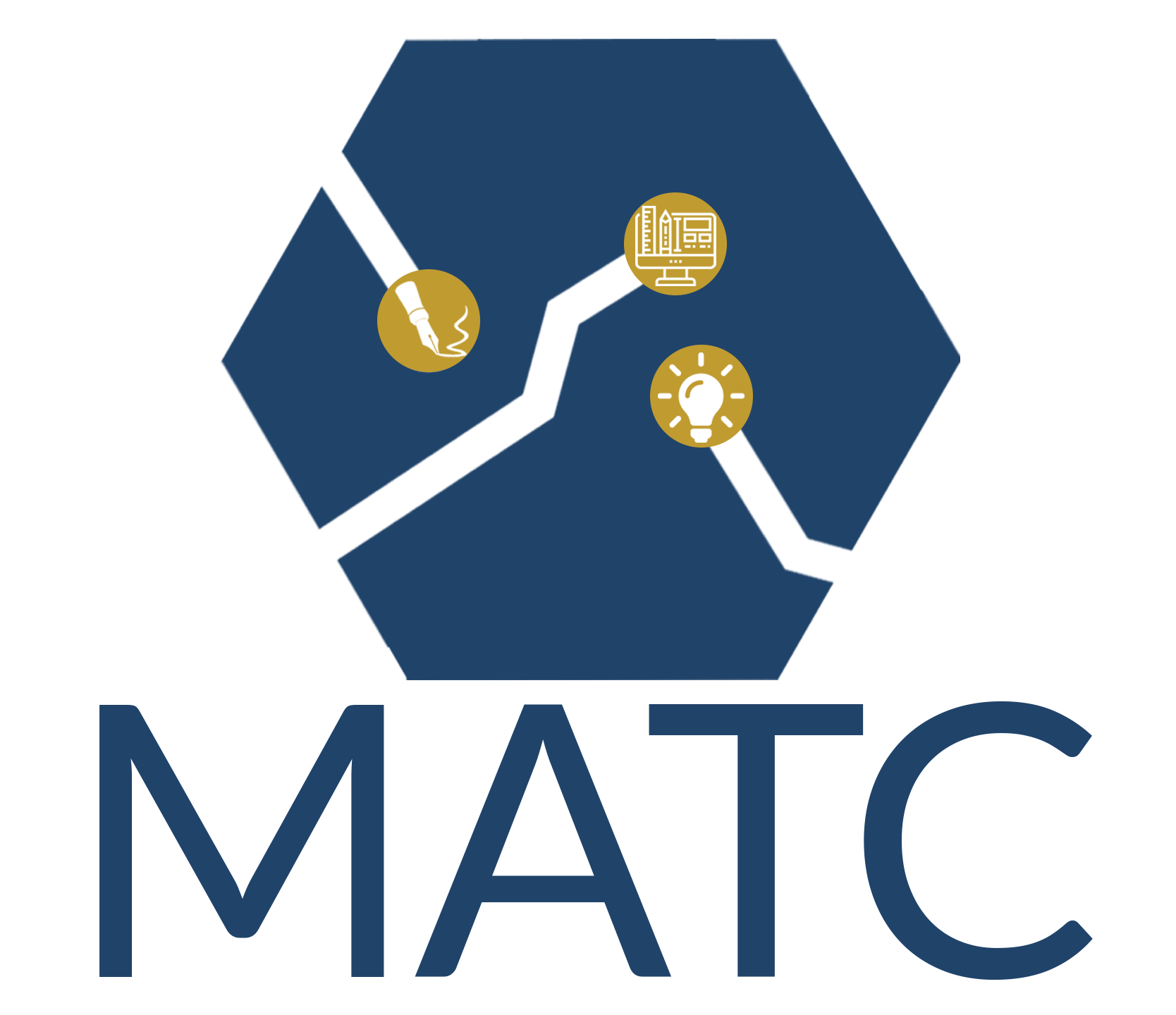Menu
- +1 (267) 368-7090
- Contact@matcgroup.com
-
53 Knightsbridge Rd,
STE 216
Piscataway, NJ 08854.
As we all remember, 2020 was a year of change for many industries, including education. Following the 2020 pandemic, the education field witnessed a substantial increase in educators opting to leave the field. According to the National Education Association in 2022, nearly 55 percent of educators considered leaving the profession early. As teachers leave the profession, many are discovering that their skills as an educator translate efficiently into the world of instructional design. So, why are educators becoming instructional designers, and how does their experience translate to a career in professional design?
It is no surprise that over half of today’s educators consider leaving when so many are overworked, underpaid, and often underappreciated. Many factors contribute to the increase of educators leaving the field, such as:

Instructional designers create learning experiences and resources for educational, business, and training purposes. Instructional designers determine what people will learn, how they will learn it, and how learning will be assessed.
Educator skills can easily translate to instructional design regardless of the subject and/or grade. Like teaching, instructional design requires preparing the lesson, knowing the material, understanding the audience, and assessing if learning needs were met. The learners and learning environment are different, but both professions need to meet the same goal: teach the necessary material.
To get started, there are many opportunities you can take to strengthen your likelihood of successfully entering the instructional design field. These opportunities range from personal research to community-based learning!

Choosing to leave teaching can be an extremely hard decision to make, but many educators are, unfortunately, driven to make the choice to leave. Whether for health reasons, unreasonable expectations, or lack of support, more than half of the profession is considering leaving the classroom early and the role of instructional designer offers a great way to apply your skills and educate people without having to completely start over.
Are you interested in becoming an instructional designer or want to work in instructional design or technical writing? Check out our career section. Do you need help creating eLearns? Contact us today about hiring one of our certified instructional designers!
What the Heck is an Instructional Designer?
Things You Should Know Before Becoming an Instructional Designer
How to Keep Learners Engaged in the World of eLearning Courses
Resources
Ivec, Stephanie. “Why Educators are Becoming Instructional Designers — And How You Can Too.” ELB Learning. 8/16/21. Accessed 2/17/23. https://blog.elblearning.com/why-educators-are-becoming-instructional-designers-and-how-you-can-too
Morrison, Nick. “One In Four Teachers Works 60-Plus Hours A Week.” Forbes. 2/18/19. Accessed 2/17/23. https://www.forbes.com/sites/nickmorrison/2019/09/18/one-in-four-teachers-works-60-plus-hours-a-week/?sh=6a7943661050
Pappas, Christopher. “7 Steps To Becoming An Instructional Designer.” eLearning Industry. 5/2/14. Accessed 2/17/23. https://elearningindustry.com/7-steps-become-instructional-designer
Walker, Tim. “Survey: Alarming Number of Educators May Soon Leave the Profession.” NEA News. 2/1/22. Accessed 2/17/23. https://www.nea.org/advocating-for-change/new-from-nea/survey-alarming-number-educators-may-soon-leave-profession.

+1 (267) 368-7090
contact@matcgroup.com
This website uses cookies so that we can provide you with the best user experience possible. Cookie information is stored in your browser and performs functions such as recognising you when you return to our website and helping our team to understand which sections of the website you find most interesting and useful.
Strictly Necessary Cookie should be enabled at all times so that we can save your preferences for cookie settings.
If you disable this cookie, we will not be able to save your preferences. This means that every time you visit this website you will need to enable or disable cookies again.